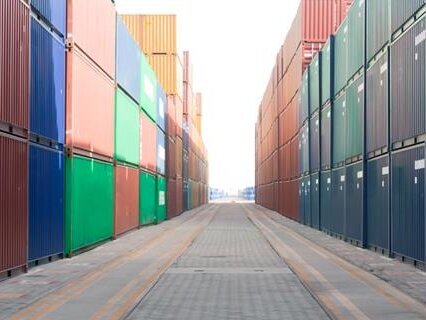TT Talk - North American storm risk update

Further to the TT Talk article this year
'In defence of a storm claim', here is an update from the National Oceanic and Atmospheric Administration (NOAA
).
The latest forecast is for a below normal Atlantic hurricane season thanks to high probability of El Nino forming this year.
Nine to 13 named storms including four to seven hurricanes of Category 3 or higher are predicted this season which began on 1 June and runs until 30 November. The latest forecast is well short of what the Atlantic experienced in 2017, when 17 named storms formed and three major hurricanes struck US soil. Hurricanes Harvey, Irma and Maria brought a dramatic end to a 12 year period where no major hurricanes made landfall in the US and ranked among the top five costliest hurricanes in history. There is a 70% chance of El Nino forming during this year's hurricane season. El Nino features warmer water in the Pacific region, creating greater wind shear in the Atlantic and thus fewer tropical storms.
The Atlantic Ocean is not the only place hurricanes can strike. During August, Hawaii experienced Hurricane Lane which dropped 52 inches of rain over five days 22-26 August, the second highest rainfall in the US since 1950. The Pacific Ocean is also prone to storm activity - known there as typhoons - mostly between May and October.
As identified in previous bulletins, terminal operators should review hurricane procedures to ensure all staff are aware of what actions are to be taken 2-3 days prior to when a storm is predicted to make landfall.
Recommended actions to prevent claims for damage to containers, cargo and equipment include:
• Take empty container stacks down to two high, loaded containers three high. Stack in a pyramid format where possible;
• Do not stack containers in low lying areas to protect against the risk of flooding;
• Store equipment indoors and clean up the facility, removing all debris that could be potential missile;
• Stop accepting export containers 2-3 days prior;
• Request lines and receivers to take delivery of as many import containers as possible in the 2-3 days prior;
• Check that drainage systems are clear, especially in the low-lying zones at risk of flooding and properly prepare any pumps that may need to be used.
For further information, refer to TT Club's handbook,
"Windstorm II: Practical risk management guidance for marine & inland terminals"
. To request a copy, please contact
.
- Author
- Staff Author
- Date
- 04/09/2018





